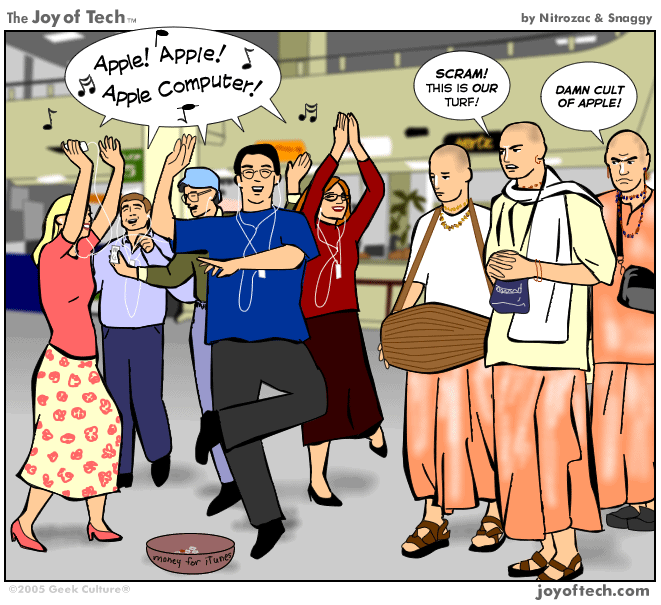I had some time in hand after wrapping up work at Hong Kong early this week. There was nothing much to do, so, accompanied a colleague to Mong Kok area of Hong Kong to test our bargaining skills. Last I remember haggling was over a few kilograms of onions some 10 years ago, in a small street vegetable market. United States is different — 1. You go to a store 2. Choose what you like; check if it has a markdown or not 3. Swipe the card and then drive back home.
Mong Kok’s Tung Choi street, or fondly called “Ladies Market” by the locals, is full of cheap (read, imitation/fakes) goods for women viz. clothing, watches, hand bags, etc. You can safely get the right price by starting at 30%-40% of the asking price and moving up in notches, while the seller comes down in notches, too.
Louis Vuitton. The luxury leather designer surprised me here. Fakes of major designer brands like Prada, Gucci, etc. were being sold openly, except for Louis Vuitton. The modus operandi in this case was different:
- Choose a Louis Vuitton deisgner wear from one of innumerable catalogues lying around in the shop. Some “shops” had cut-outs of hand bags on their “walls”.
- Let the shop owner know that you are interested in one of the Louis Vuittons. He will tell you that all the items for the said brand are at a different place and one can go there to have a look without obligation. If the shop owner sees fear on your face he will quickly tell you that there are other tourists there…Don’t worry. We did not, as HKG has a very low crime rate. Anyway, it was worth taking a chance.
- Follow a local guy through narrow streets and alley, finally leading into a small room in an apartment behind multiple iron doors on the 14th (maybe different for each of the



